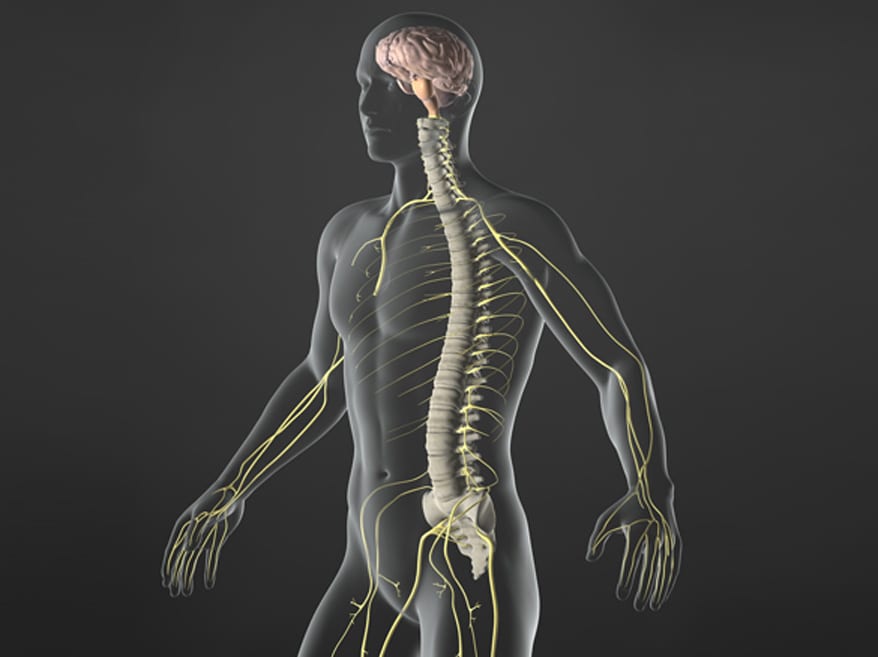
A lumbar sympathetic block is an injection of medication into or around the sympathetic nerves that is used to alleviate pain in the lower back or the leg.
Sympathetic nerves are located in the lower back on both sides of the spinal cord and control many bodily functions, including heart rate, digestion, sweating and blood pressure.
The sympathetic nerves may transmit pain signals long after an injury has been healed, leading to a condition called Chronic Regional Pain Syndrome (CRPS). Patients with CRPS may experience severe burning pain, skin color changes and swelling.
Benefits of a Lumbar Sympathetic Block
A lumbar sympathetic block may treat:
- Reflex sympathetic dystrophy
- Vascular insufficiency
- Complex Regional Pain Syndrome
- Peripheral neuropathy
- Herpes zoster infection (shingles) involving the legs
Side Effects and Risks
The procedure is relatively safe, with few side effects. Patients may experience soreness or bruising at the injection site. Other rare and serious complications include bleeding, infection, spinal or epidural block, and injection into a blood vessel.


Who is a Candidate?
Patients with lower back or leg pain who have not responded to other treatment may be candidates for a lumbar sympathetic block procedure.
The procedure is contraindicated for patients with a cold, fever, flu, high blood pressure or an active infection. Patients taking blood thinners such as Coumadin, Plavix, or Warfarin may need to stop taking their medication.
How to Prepare for the Procedure
Patients should avoid eating or drinking after midnight the night before the procedure. Patients may take medication with a small amount of water, but diabetics may be advised to stop taking their medication for diabetes until the procedure is completed.
What to Expect During a Lumbar Sympathetic Block Procedure
Once the patient arrives at the facility, they will be asked to rate their pain. The patient will then lie down on their stomach on an x-ray table and the physician will cleanse the patient’s lower back. He or she may offer intravenous medication to help the patient relax.
Under x-ray guidance, the physician will insert a thin needle into the patient’s lower back and inject a local anesthetic and dye to confirm proper needle placement. A second needle will be inserted and the anesthetic and steroid will be injected.
Patients will be monitored for about 30-45 minutes to make sure their vital signs and temperature are normal. After that, patients will receive verbal and written discharge instructions and will be allowed to go home with their driver.
After the Procedure
Patients will experience immediate but temporary pain relief after the anesthetic is injected. Patients will feel long-term pain relief once the steroid takes effect, usually two to three days after the procedure.
Most patients will need to receive additional injections; some patients may only need two injections, while others may need more than ten.
Patients are allowed to resume their regular diet and take their medication immediately, but should refrain from driving or engaging in rigorous activity for 24 hours after the procedure.


